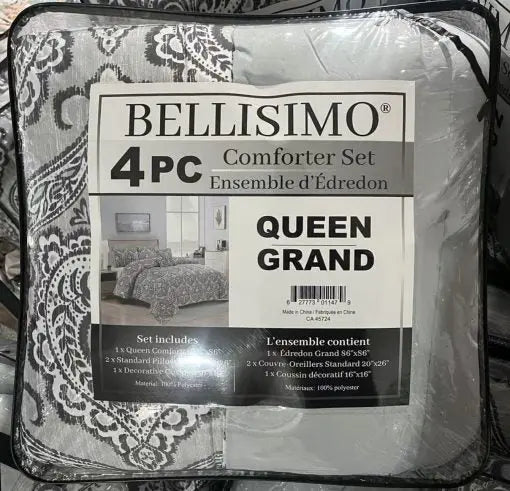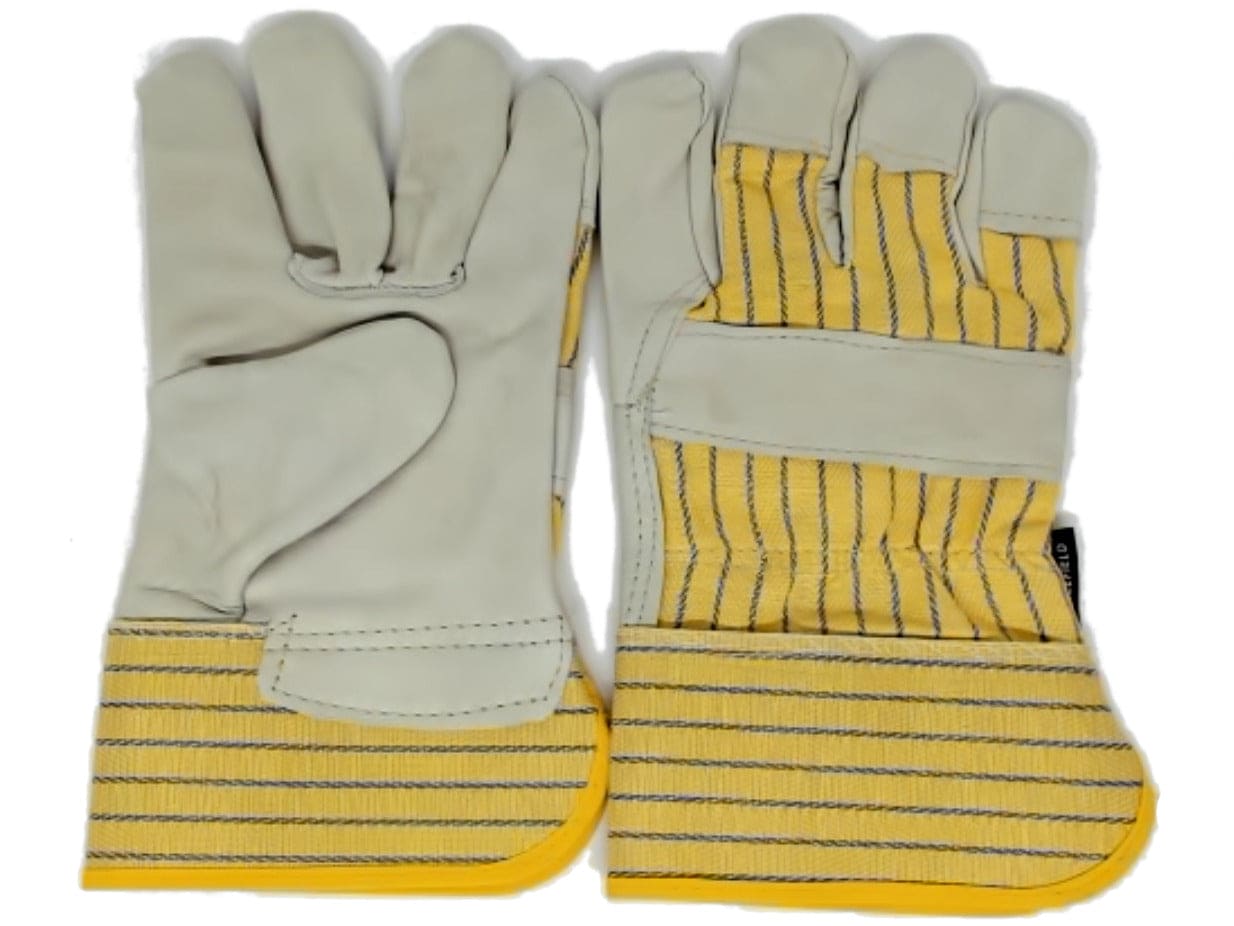```html
Understanding Electrical Wires and Cords
Electrical wires and cords are essential components in our daily lives, providing the necessary connectivity for power and data transmission. They come in various types, each designed for specific applications, whether for indoor or outdoor use. Understanding the differences between these wires and cords can help you make informed decisions when purchasing them for your home or business.
For instance, extension cords are commonly used to extend the reach of power outlets, while power strips allow multiple devices to be plugged in simultaneously. It's crucial to choose the right type of wire or cord based on the voltage and amperage requirements of your devices to ensure safety and efficiency.
Safety Tips for Using Electrical Wires and Cords
When using electrical wires and cords, safety should always be a top priority. Ensure that you regularly inspect your cords for any signs of wear or damage, such as fraying or exposed wires. Using damaged cords can lead to electrical shocks or fires, so it's essential to replace them immediately if any issues are detected.
Additionally, avoid overloading power strips and extension cords, as this can cause overheating and potentially lead to hazardous situations. Always follow the manufacturer's guidelines regarding the maximum load capacity, and consider using surge protectors to safeguard your devices from power surges.
```















